Growing Prevalence of Chronic Diseases
The rising prevalence of chronic diseases is a critical driver for the 3D Computed Tomography Software Market. Conditions such as cancer, cardiovascular diseases, and respiratory disorders necessitate advanced imaging techniques for effective diagnosis and treatment planning. The increasing incidence of these diseases is prompting healthcare providers to invest in 3D CT imaging solutions, which offer detailed anatomical insights. Market data indicates that the demand for 3D CT software is likely to rise in tandem with the growing need for accurate diagnostics in managing chronic conditions. This trend underscores the importance of advanced imaging technologies in contemporary healthcare, positioning the 3D CT software market for sustained growth.
Rising Demand for Non-Invasive Diagnostic Tools
The increasing preference for non-invasive diagnostic tools is a significant driver for the 3D Computed Tomography Software Market. Patients and healthcare providers alike are gravitating towards methods that minimize discomfort and risk. 3D CT imaging offers detailed insights without the need for invasive procedures, making it a preferred choice in various medical fields, including oncology and cardiology. The market data suggests that the demand for non-invasive imaging techniques is expected to grow, with a notable increase in the adoption of 3D CT software in routine diagnostics. This shift not only enhances patient experience but also aligns with the broader trend of patient-centered care, further propelling the market forward.
Technological Advancements in Imaging Techniques
The 3D Computed Tomography Software Market is experiencing a surge due to rapid technological advancements in imaging techniques. Innovations such as high-resolution imaging and faster processing times are enhancing diagnostic capabilities. For instance, the integration of advanced algorithms allows for improved image reconstruction, which is crucial for accurate diagnosis. The market is projected to grow at a compound annual growth rate of approximately 7% over the next few years, driven by these technological improvements. As healthcare providers increasingly adopt these advanced imaging solutions, the demand for sophisticated 3D CT software is likely to rise, thereby expanding the market further. This trend indicates a shift towards more precise and efficient diagnostic tools, which are essential in modern medical practice.
Increased Investment in Healthcare Infrastructure
Investment in healthcare infrastructure is a pivotal factor influencing the 3D Computed Tomography Software Market. Governments and private entities are allocating substantial resources to enhance healthcare facilities, particularly in developing regions. This investment often includes the acquisition of advanced imaging technologies, including 3D CT systems. As healthcare facilities upgrade their equipment, the demand for sophisticated 3D CT software is likely to increase. Market analysis indicates that regions with significant healthcare investments are witnessing a corresponding rise in the adoption of 3D CT imaging solutions. This trend suggests a robust growth trajectory for the market, driven by the need for improved diagnostic capabilities in newly established healthcare facilities.
Regulatory Support for Advanced Imaging Technologies
Regulatory bodies are increasingly supporting the development and adoption of advanced imaging technologies, which is beneficial for the 3D Computed Tomography Software Market. Initiatives aimed at streamlining the approval process for innovative medical devices and software are encouraging manufacturers to invest in research and development. This regulatory support not only fosters innovation but also enhances market accessibility for new 3D CT software solutions. As a result, healthcare providers are more likely to adopt these advanced technologies, knowing they meet regulatory standards. The market is expected to benefit from this supportive regulatory environment, which could lead to an influx of new products and solutions, further driving growth in the 3D CT software sector.


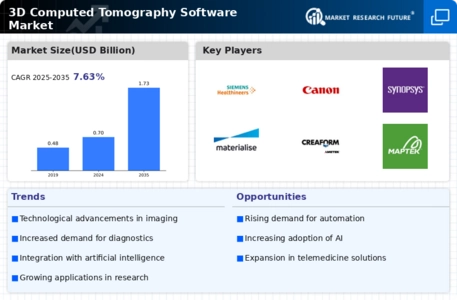
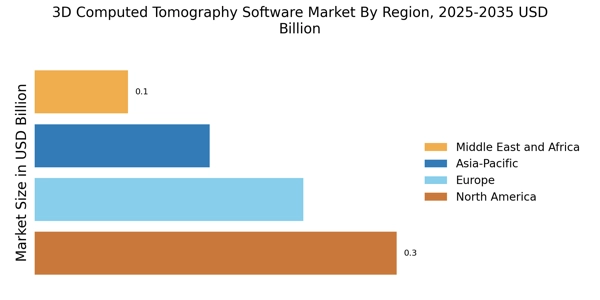
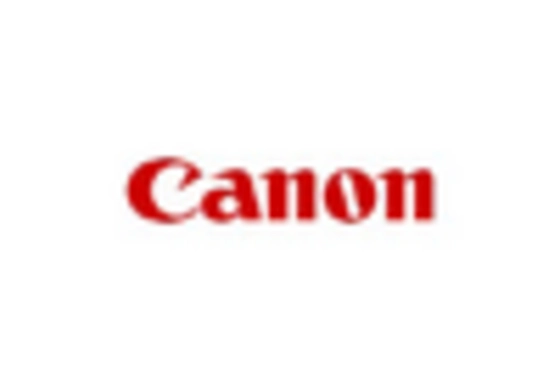
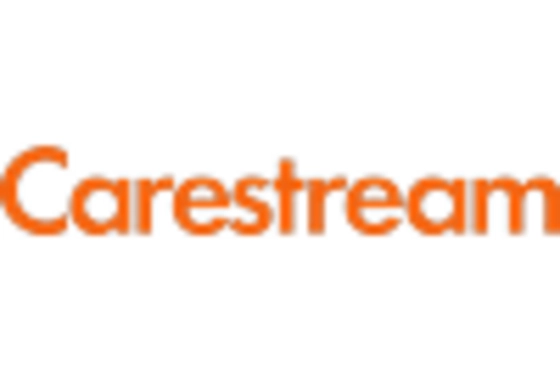

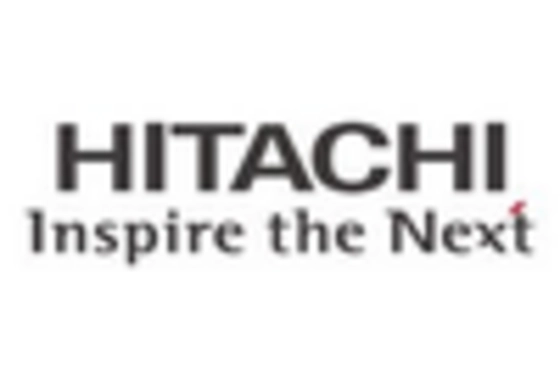










Leave a Comment